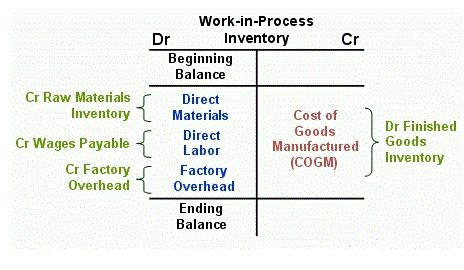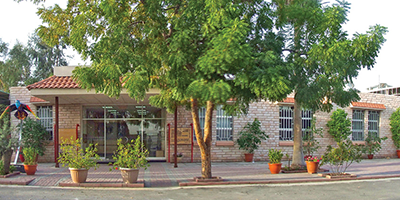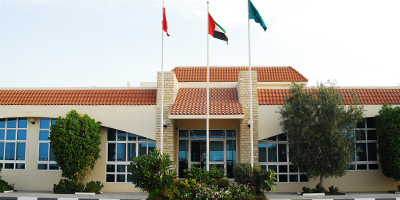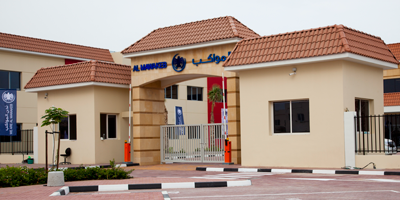
So if an asset with a 10-year life and no salvage value depreciates at 10% per year straight-line, the DDB rate would be 20%. It’s ideal for machinery and vehicles where wear and tear are more closely linked to how much they’re used rather than time alone. Calculate it by dividing the total cost minus salvage value by the estimated total units the asset will produce or hours it will operate over its life.
How Efficient Invoice Processing Enhances Cash Flow in Treasury Operations

Today we’ll explain how the DDB method works, compare it to other common depreciation methods, and get into its implications for your business’s financial management. Below is a short video tutorial that goes through the four types of depreciation outlined in this guide. While the straight-line method is the most common, there are also many cases where accelerated methods are preferable, or where the method should be tied to usage, such as units of production. Straight-line depreciation is a very common, and the simplest, method of calculating depreciation expense. In straight-line depreciation, the expense amount is the same every year over the useful life of the asset.

Double the straight-line rate

The net book value is calculated by deducting the accumulated depreciation from the cost of the fixed asset. The company can calculate declining balance depreciation for fixed assets with the formula of the net book value of fixed assets https://veloursdelyon.fr/index.php/2025/07/21/shareholders-equity-calculator-formula-online/ multiplying with the depreciation rate. The biggest thing to be aware of when calculating the double declining balance method is to stop depreciating the asset when you arrive at the salvage value.
What is Double Declining Balance Depreciation?
With our straight-line depreciation rate calculated, our next step is to simply multiply that straight-line depreciation rate by 2x to determine the double declining formula for double declining balance depreciation rate. By dividing the $4 million depreciation expense by the purchase cost, the implied depreciation rate is 18.0% per year. Under the generally accepted accounting principles (GAAP) for public companies, expenses are recorded in the same period as the revenue that is earned as a result of those expenses. Unlike SL and UOP depreciation, DDB depreciation ignores residual value until the end of an asset’s life. Assume that, instead of SL depreciation, Bold City depreciates its delivery truck using UOP depreciation. Bold City might want to use this method of depreciation for the truck if it thinks miles are the best measure of the truck’s depreciation.
- The Excel DDB function is a powerful tool for calculating accelerated depreciation using the double declining balance method.
- The double declining balance (DDB) depreciation method is an accounting approach that involves depreciating certain assets at twice the rate outlined under straight-line depreciation.
- The double-declining balance (DDB) method is an accelerated depreciation calculation used in business accounting.
- By understanding these advanced considerations, the DDB method can be applied effectively to ensure an accurate representation of an asset’s depreciation and its financial impact over time.
This accelerated rate reflects the asset’s more rapid loss of value in the early years. Depreciation is a crucial concept in business accounting, representing the gradual loss of value in an asset over time. Among the various methods of calculating depreciation, the Double Declining Balance (DDB) method stands out for its unique approach. This article is a must-read for anyone looking to understand and effectively apply the DDB method. Whether you’re a business owner, an accounting student, or a financial professional, you’ll find valuable insights and practical tips for mastering this method. Owning assets in a business inevitably means depreciation will be required since nothing lasts forever, especially for fixed assets.
Depreciation lets a company deduct an asset’s value decline, lowering taxable income. Its anticipated service life must be for more than one year and it must have a determinable useful life expectancy. While DDB is excellent for assets that quickly lose their efficiency or become outdated, it’s less suitable for assets with unpredictable usage patterns. Make sure the method you choose aligns with how your assets contribute to your business.
“Book value” at any point in time is the asset’s original cost minus its accumulated depreciation to date. Choosing the right method of depreciation to allocate the cost of an asset is an important decision that a company’s management has to undertake. Companies need to opt for the right depreciation method, considering the asset in question, its intended use, and the impact of technological changes on How to Run Payroll for Restaurants the asset and its utility.
- This is preferable for businesses that may not be profitable yet and, therefore, may be unable to capitalize on greater depreciation write-offs or businesses that turn equipment assets over quickly.
- The latter two are considered accelerated depreciation methods because they can be used by a company to claim greater depreciation expense in the early years of the asset’s useful life.
- Various depreciation methods are available to businesses, each with its own advantages and drawbacks.
- On the income statement, DDB results in higher depreciation expense and lower net income in early years; later years show lower depreciation expense and higher net income.
- Therefore, it is more suited to depreciating assets with a higher degree of wear and tear, usage, or loss of value earlier in their lives.
- However, the company needs to use the salvage value in order to limit the total depreciation the company charges to the income statements.
- Understanding the pros and cons of the Double Declining Balance Method is vital for effective financial management and reporting.
- Common examples of such assets include vehicles and certain types of machinery or equipment.
- This becomes the depreciation rate applied each year under the DDB method, remaining fixed unless a switch to another method occurs.
- Estimating salvage value accurately is essential for financial planning and tax compliance.
Our AI-powered Anomaly Management Software helps accounting professionals identify and rectify potential ‘Errors and Omissions’ on a daily basis so that precious resources are not wasted during month close. It automates the feedback loop for improved anomaly detection and reduction of false positives over time. We empower accounting teams to work more efficiently, accurately, and collaboratively, enabling them to add greater value to their organizations’ accounting processes. Double-declining depreciation charges lesser depreciation in the later years of an asset’s life. In the last year of an asset’s useful life, we make the asset’s net book value equal to its salvage or residual value. This is to ensure that we do not depreciate an asset below the amount we can recover by selling it.
Adjusting Book Value Each Period
Calculate the depreciation for the first year of its life using double declining balance method. In summary, understanding double declining balance depreciation is crucial for making informed financial decisions. It’s a method that can provide significant benefits, especially for assets that depreciate quickly. The Double Declining Balance method often requires switching to straight-line depreciation for the remaining book value. This transition occurs when DDB depreciation in a given year falls below the amount that would be depreciated using the straight-line method on the remaining depreciable balance. This ensures maximum allowable depreciation is recognized over the asset’s useful life without exceeding its depreciable base.

 تم افتتاحه عام 1979 في منطقة القرهود، دبي، الإمارات العربية المتحدة
تم افتتاحه عام 1979 في منطقة القرهود، دبي، الإمارات العربية المتحدة
 تم افتتاحه عام 1998، في البرشاء، دبي، الإمارات العربية المتحدة
تم افتتاحه عام 1998، في البرشاء، دبي، الإمارات العربية المتحدة
 تم افتتاحه عام 2018 في الخوانيج، دبي، الإمارات العربية المتحدة
تم افتتاحه عام 2018 في الخوانيج، دبي، الإمارات العربية المتحدة





